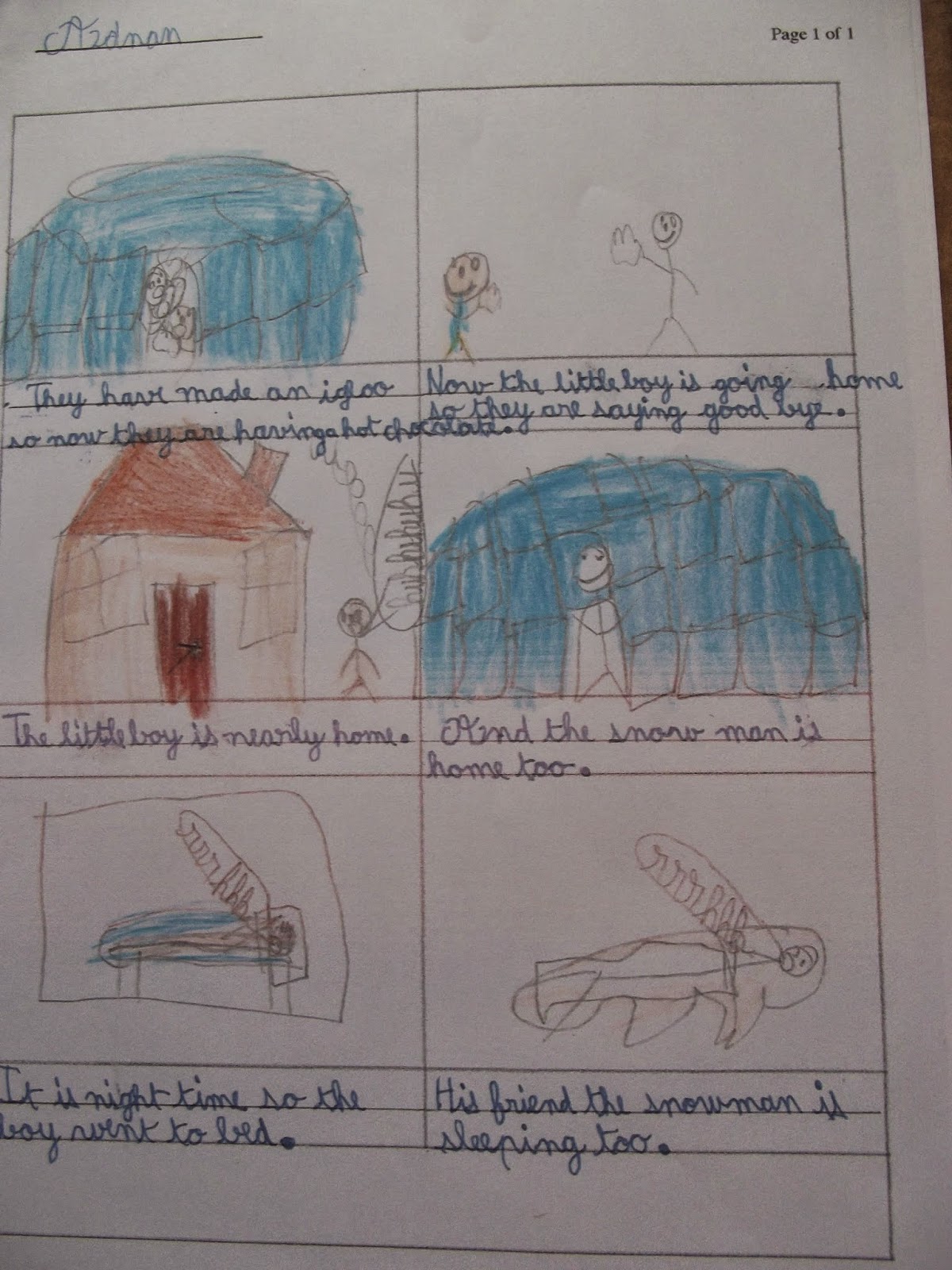Christmas is a lovely time to give books and receive them. It is a
great way of encouraging children to read and to feed their imagination. This
year there are dozens to choose from, whether you buy them online or from a
bookshop. Whether you want a pop-up book, noisy book, book without pictures or
sticker book.
I still think some of the best are those I loved as a child or as
a mother, reading to my two children. They are imprinted on my mind and still
hold a special place for me.
We have had a good perusal of books on offer for children this
Christmas and have come up with our list of ten books. Some of them are
classics and a few are not so well known.
‘The First Christmas’ – Jan Pienkowski
I love this very traditional book about the
Nativity story, because of the wonderful silhouette illustrations.
‘Father Christmas’ – Raymond Biggs
This book still makes me smile and we use
the film version of the story in our English course for 6-7 year olds. The book
tells the story of a grumpy, miserable Father Xmas, who is fed up with his job.
‘The Jolly Christmas Postman’ – Allan and Janet Ahlberg
This is a wonderful book for young readers. The
book includes real letters that children can take out of the envelopes to read.
A delightful book for Christmas.
'Jacqueline Wilson Christmas Cracker' -
Jacqueline Wilson
Jam - packed with Jacqueline Wilson goodies! There are festive
puzzles, tasty Christmas recipes, perfect present tips and fun Christmas facts.
'The Best Christmas Present in the World' -
Michael Morpurgo
A haunting story from one of our best loved children's writers. A
very appropriate story for 2014, the year of the Centenary of WW1.
'Odd Socks Learns All About Christmas' -
Melinda
Odd is hoping for a present from Santa. But does Santa ever give
presents to cuddly toys?
The Most Beautiful Christmas Story Ever ' -
Adina Pasa
Adina is not having good Christmas. A boy at school keeps telling
her that Santa doesn't exist.
'Dear Santa' - Rod Campbell
A wonderful book for very young children. Lift the flap on every
page and find the present!
‘The Night Before Christmas’ – Clement C. Moore
The much loved classic Christmas poem is brought
to life in this gorgeous picture book. A beautiful present for any child.
'Father Christmas Needs a Wee' - Nicholas Allan
Father Christmas has been drinking drinks since half past
three.... Find out what happens in this brilliant and funny counting book.

















































